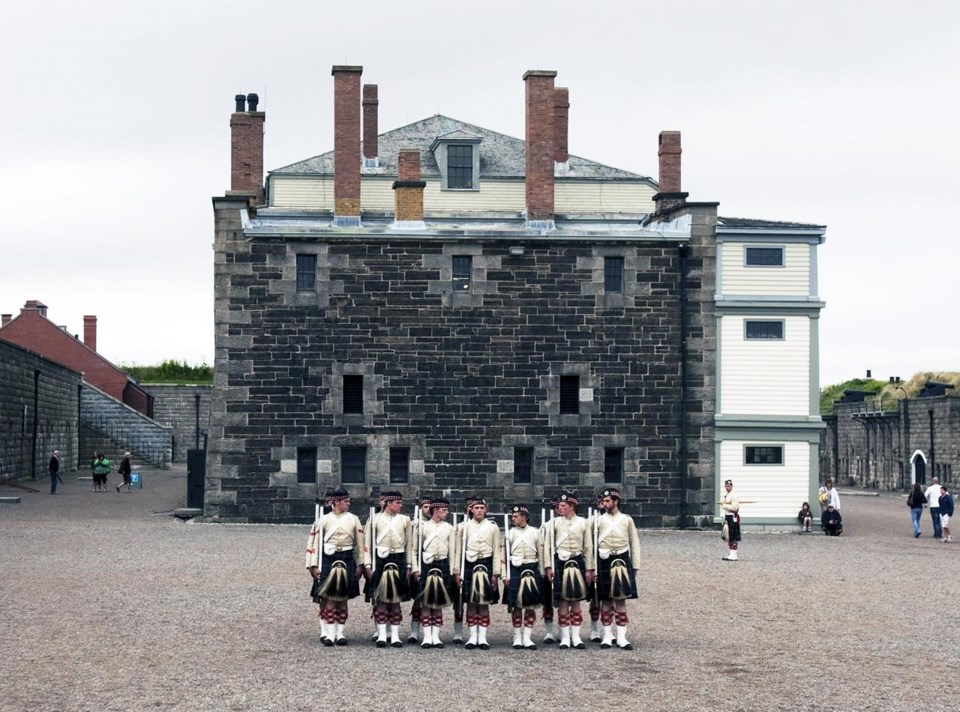Parks Canada is rewriting hundreds of outdated historical plaques that mark some of the country's most prominent places and events.
Here's a look at 10 sites where texts are being reviewed:
1. Batoche National Historic Site in Saskatchewan, for colonial assumptions.
2. Arrival of Jacques Cartier in the Gaspe region of Quebec, for colonial assumptions.
3. Fort Walsh in Saskatchewan, for colonial assumptions and antiquated terminology.
4. Yukon Gold Discovery in Yukon, for colonial assumptions, antiquated terminology and Indigenous erasure.
5. Exploration of the Fraser River in British Columbia, for colonial assumptions.
6. Halifax Citadel in Nova Scotia, for colonial assumptions.
7. York Factory in Manitoba, for colonial assumptions.
8. The Battle of Queenston Heights in Ontario, for colonial assumptions.
9. Parliament Buildings in Ottawa, for Indigenous erasure.
10. Rocky Mountain House in Alberta, for colonial assumptions, antiquated terminology and Indigenous erasure.
This report by The Canadian Press was first published May 19, 2023.
The Canadian Press

